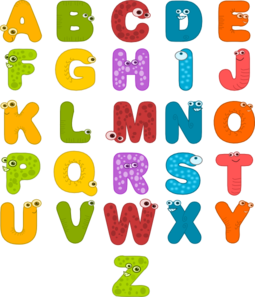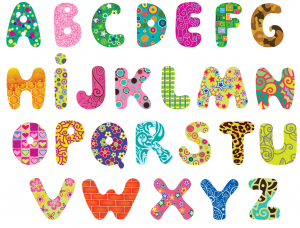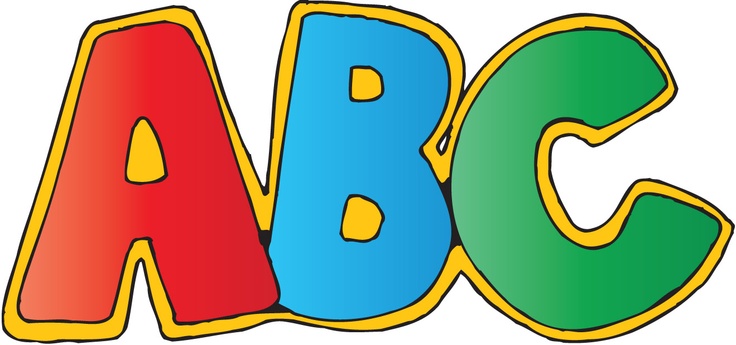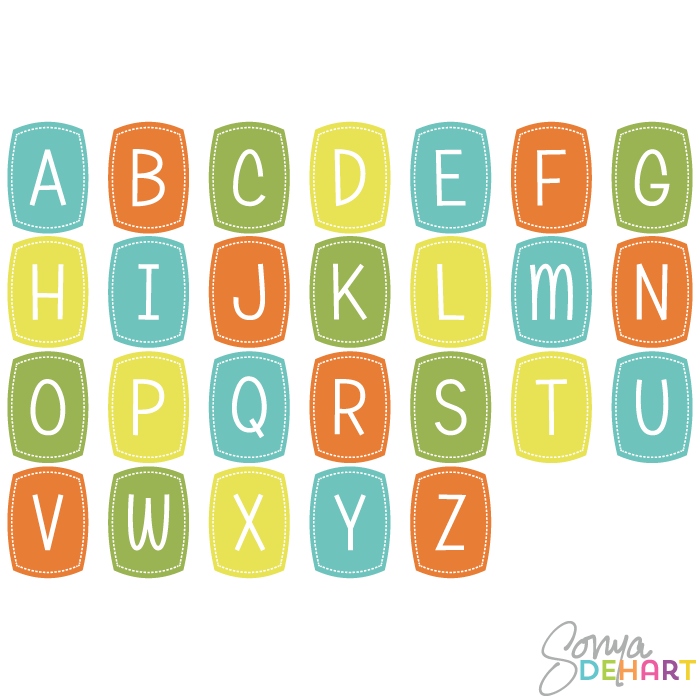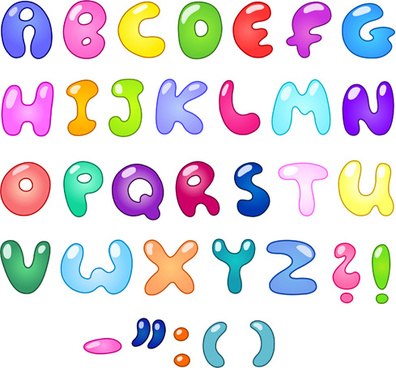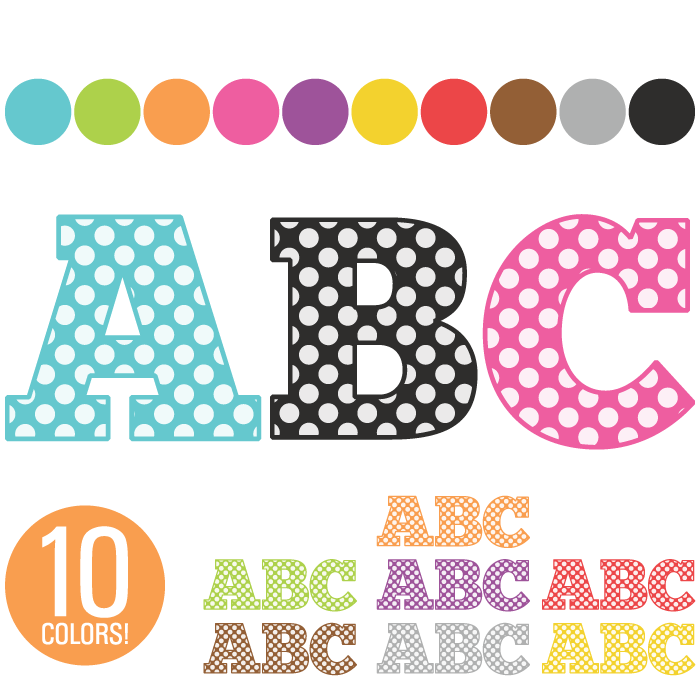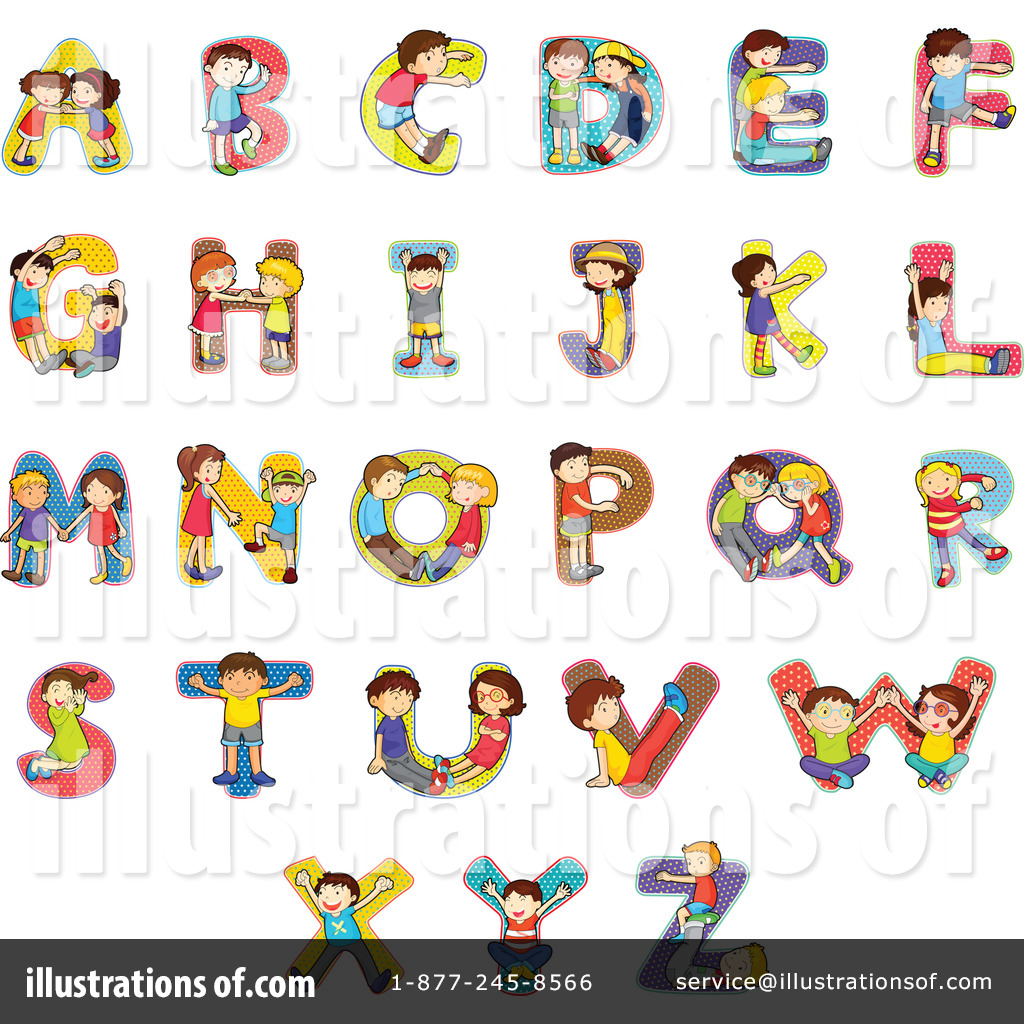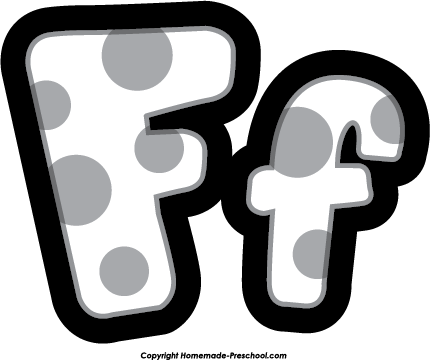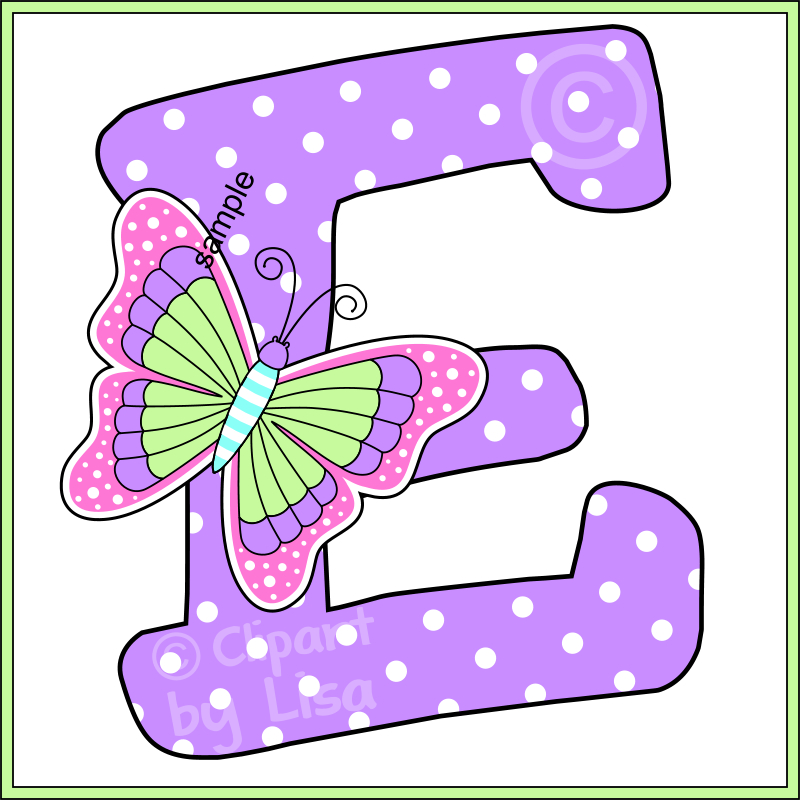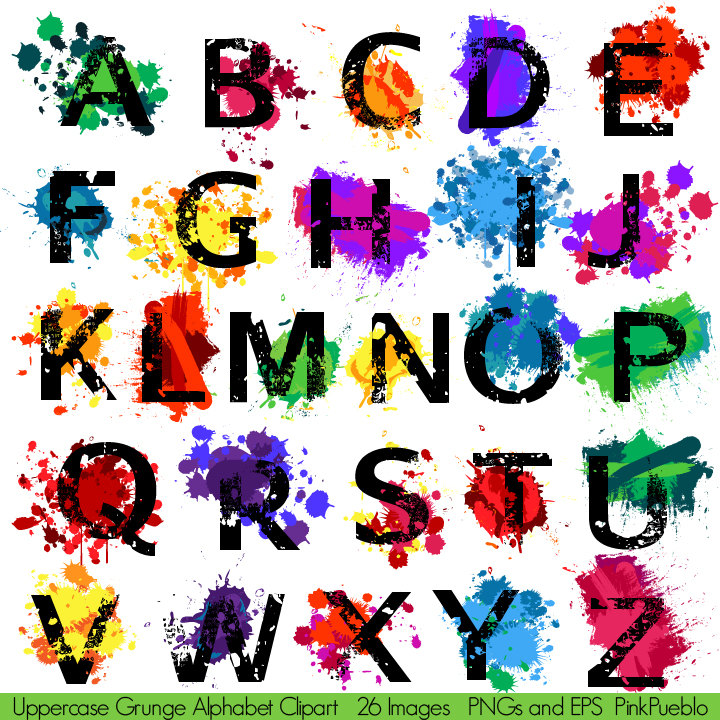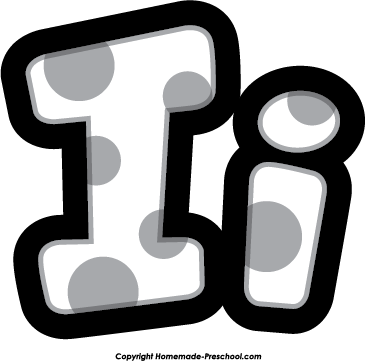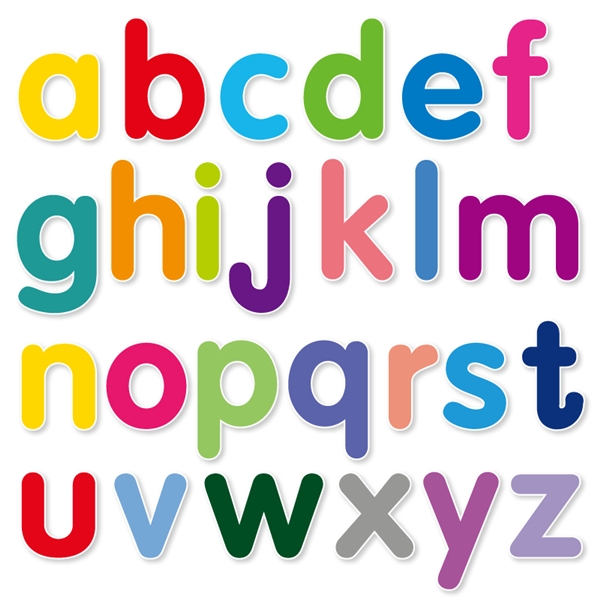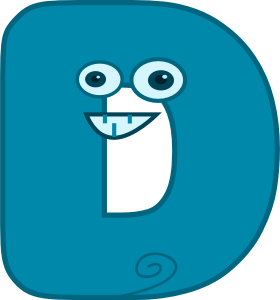Alphabet Clipart
The alphabet is the collection of letters that serves as the foundation for written languages around the world. The word “alphabet” originates from the first two letters of the Greek alphabet: alpha and beta. Today’s Latin alphabet, used for English and many other languages, consists of 26 letters, each associated with one or more sounds. Mastering the alphabet and its order is essential for learning to read and write.
History of the Alphabet
The earliest alphabet emerged around 2000 BCE among Semitic people, who adapted Egyptian hieroglyphs into the first consonant-based alphabet. This early alphabet only contained symbols for consonants, not vowels. The ancient Greeks were the first to introduce vowels when they adapted the Phoenician alphabet. Additional letters crept into the Latin alphabet over centuries to accommodate new sounds. The order and shapes of letters stayed relatively consistent across various languages. Today’s Latin alphabet is used worldwide.
Letter Shapes and Forms
While sharing sounds & names, letters come visually in many styles. Print letters use simple lines/curves (A B C). Cursive flows the strokes together (A B C). Decorative styles add extra swirls and serifs for titles or signage (ABC). Letters also come in uppercase (big) for names or titles versus sentence case. Regardless of style, letters form consistent identifiable shapes.
Uppercase and Lowercase Letters
The Latin alphabet contains both majuscule “uppercase” letters (big A) and miniscule “lowercase” letters (little a). Uppercase letters appear at the start of sentences and proper nouns. Lowercase letters are used for the bulk of text. Letters make distinct shapes in both cases which must be learned to read fluently. Some lowercase forms link above or below the baseline.
Vowels versus Consonants
The 26 letters consist of vowels and consonants. Vowels (A E I O U) represent open-mouth sounds and carry most syllable sounds. Consonants represent sounds created by partly obstructing air flow. Vowels create smoother sounds while consonants add shape through sounds like “b” “sh” “t”. Most syllables contain a vowel or vowel combination.
Pronunciation of Letters
While letters look similar across languages, pronunciation varies. For example, English “z” sounds like “zee” while Spanish “z” sounds like “th” (cath-a-thra). Some letters make multiple sounds too – “c” can sound like a “k” or “s”. Accented vowels also adapt letter sounds across languages. Learning alphabets means mastering these language-specific pronunciations.
Alphabetical Order
The alphabet’s sequence is essential for organizing words and names, including dictionary order. Mastering ABC order helps find words faster. While seemingly simple, alphabetizing has rules around letter case, hyphens, prefixes. Alphabetizing tests knowledge through ordering words correctly (aardvark, airplane, animal).
Memorizing the Alphabet
Young students work to memorize the alphabet sequence through ABC repetition, singing the “alphabet song”, and alphabet games. Sequencing letters correctly builds literacy foundations. If struggling, working in small batches helps – memorize A-F, then G-L. Associating letters with corresponding objects can aid memory too. With practice, alphabet order becomes instinctual.
Creative Alphabet Books
Alphabet books use the sequential letters A-Z to teach young kids vocabulary using an alphabetical concept. Creative alphabet books organize words into alliterative groupings or rhyming verse. Eye-catching illustrations depict words clearly. Alphabet books should provide 3-4 examples per letter to touch on common, recognizable words kids encounter regularly.
In this page clipartix present 65 alphabet clipart images free for designing activities. Lets download Alphabet Clipart that you want to use for works or personal uses.


